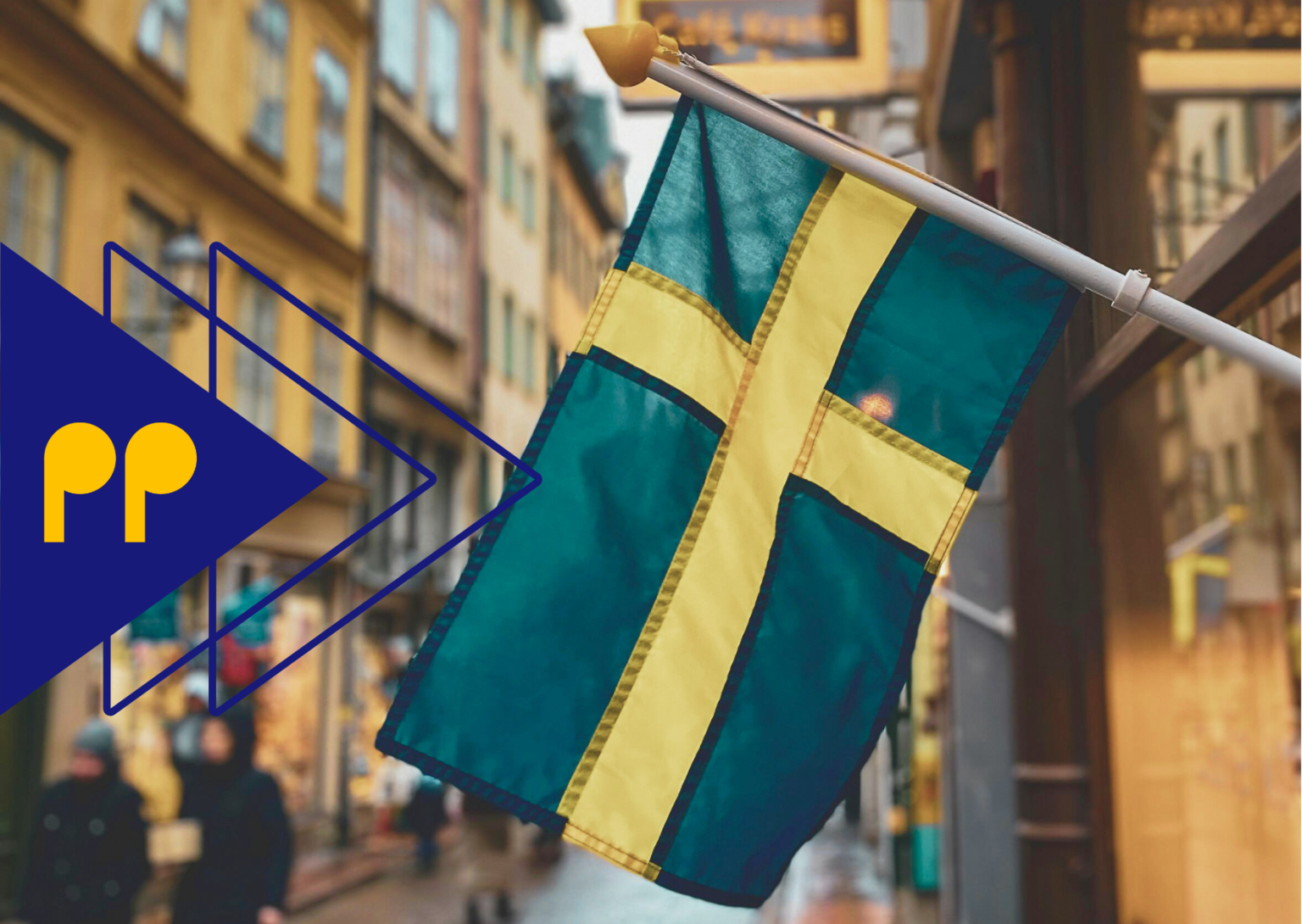On June 9th, Swedish citizens will elect 21 representatives to the European Parliament (EP). The country has experienced a number of social crises in recent years as violent crime and gang activity spiked, along with wealth and education inequality. Some voters see a rise in immigration to the once homogenous country as a source of the country’s struggles and have turned to the far-right, anti-immigrant party, Sweden Democrats, for a solution.
However, the Social Democrats, who have governed Sweden for the majority of the 20th century and the first decades of the 21st century, remain strong and will likely increase their seat count in the EP. Below we take a look at the dynamics behind the Swedish electoral landscape, just weeks before the EP elections.
Sweden’s social and political dynamics since 2019
Rising inequality and violence
Sweden has long been a stable country with a high degree of equality, low crime and well educated population. However, in recent years, there has been a notable shift. Today, the country has the highest rate of gang violence and second highest gun crime death rate across Europe. Increasing inequality and poverty are the major driving factors. In the last decades, income inequality has been on the rise in Sweden, as has education inequality, with increasing numbers of students leaving secondary school early.
The far-right Sweden democrats highlight immigration as a major force behind the rise in crime. The neighbourhoods that suffer the most from violence have high proportions of immigrants. The sociologist Göran Adamson found that 58 percent of people suspected of committing a crime are immigrants. For the most violent crimes of murder, attempted murder, and manslaughter, 73 percent of suspects had an immigrant background. Much of what is driving this violence in immigrant enclaves is the heavy gang recruitment, with children as young as 12 and 13 lured into organised crime. These neighbourhoods are also the areas that have suffered the most from socioeconomic challenges, notably poverty and long-term unemployment, both of which contribute to the high rate of gang recruitment. In addition to the socio-economic hardships faced by many immigrants, some have criticised Sweden’s lack of cultural and social integration for newcomers in the country.
The increased number of immigrants, combined with the rise of violent crime and the presence of gangs in cities, has led many in Sweden to support the anti-immigrant, far-right Sweden Democrats, who are now the second-largest group in the Swedish parliament. The Sweden Democrats, who currently hold three seats in the EP, are likely to gain at least one more after the June election.
Becoming a NATO member
Following Russia’s full-scale invasion of Ukraine in 2022, Sweden, who shares a border with Russia, decided to fully forgo its long-held position of military neutrality in favour of greater military security. In May 2022, the country applied for NATO membership (jointly with Finland) after public opinion changed due to fears over Russian aggression and a destabilised region. Sweden became a full member of NATO on March 7th of this year, after their acceptance was delayed due to objections from two NATO members: Hungary and Turkey.
Hungary delayed confirming Sweden’s acceptance in order to gain leverage against the EU, which had frozen funds to the country due to concerns about democratic functioning and corruption. Turkey’s objections came from a number of disagreements. There was tension due to Sweden’s criticism of Turkey for human rights violations. Additionally, Turkey—controversially— considers the Kurdistan Workers’ Party (PKK) a terrorist organisation and has demanded the extradition of PKK members from Sweden, which Swedish courts have blocked. Sweden does not consider the PKK a terrorist organisation. Adding to this, there were protests in Stockholm last year during which a copy of the Quran was burned, which Turkey found deeply offensive.
Historically, parties on the left in Sweden have opposed joining NATO for the sake of maintaining non-alignment and neutrality in war. The far-right Sweden Democrats also held this view. Right-wing and conservative parties, on the other hand, have advocated for NATO membership, particularly since Russia’s Annercaiton of Crimea in 2014. However, after Russia’s illegal invasion of Ukraine in 2022 public opinion changed. The Social Democrats, the largest party in Sweden, U-turned and threw their support behind NATO membership shortly after the war in Ukraine began.
Economic pitfalls and recovery
Since 2019, Sweden has grappled with rising inflation, which surged notably to 2.2 percent in 2021 and further to 6.6 percent in 2022, driven by supply chain disruptions, increased energy prices, and the economic aftermath of the pandemic. This rise in inflation has impacted the cost of living, leading to higher prices for essentials such as food, housing, and transportation. The Swedish Central Bank, Riksbank, responded with monetary policy adjustments, including interest rate hikes to 0.25 percent in April 2022 to curb inflationary pressures.
In addition, the Swedish labour market has faced significant shifts, with unemployment rates rising during the pandemic, peaking at 9.1 percent in July 2020. While the job market has gradually improved with economic recovery, certain sectors still struggle with high unemployment rates, particularly among the youth and immigrant populations. The housing market has seen notable volatility, with property prices surging by 11 percent in 2021, particularly in urban areas like Stockholm and Gothenburg, exacerbating housing affordability issues.
Sweden’s election results since 2019
Last EP election results
The centre-left S&D affiliated Social Democrats came in first in the 2019 EP elections. They won 23.5 percent of the vote and five of Sweden’s 21 seats in the EP. The Moderate Party, a conservative-liberal EPP affiliated party won 16.8 percent of the vote and four seats in the EP. The far-right Sweden Democrats gained 15.3 percent of the vote and three seats in the EP. The Green Party also won three seats, after receiving 11.5 percent of the vote. The liberal, RE affiliated party, Centre Party, won 10.8 percent of the vote, and the conservative, centre-right EPP affiliated Christian Democrats won 8.6 percent, both parties won two seats in the EP. One seat went to the Left party after it got 6.8 percent support and one seat went to the RE affiliated Liberals, who received 4.1 percent of the vote.
Huge success for the far-right in 2022 elections
In 2022 Sweden held general elections, which gained much attention for the rise of the far-right party, Sweden Democrats. They came in second place, with 20.5 percent support, by far their best election outcome. The centre-left managed to hold on to the largest share of the vote, ending with just over 30 percent. However, that was not enough for the party to form a governing coalition. The Moderate party came in third place, with 19.1 percent support and their leader, Ulf Kristersson was elected Prime Minister following negotiations with the right-wing bloc.
All remaining five parties gained support within a few points of five percent. The left party and the centre had the highest support of this group, with 6.8 and 6.7 percent respectively. The Christian Democrats and the Greens both got just above five percent of the vote and the Liberals got just below, ending with 4.6 percent.
This election showed a divided country, with the left-leaning bloc winning by huge margins in cities and university towns and the right-bloc winning in (post-) industrial regions, flipping municipalities which had historically been won by the Social Democratic Party. This is a picture we see reflected across Europe, with students and city-dwellers voting for the left-wing parties, while rural and post-industrial regions tend to vote for right-wing, often populist, parties.
What to expect
Since the 2022 elections, the ECR affiliated Sweden Democrats support peaked at 23 percent last year. Currently, the party is polling at 20 percent, the same position as the EPP affiliated Moderate party. Ahead of these two parties is the S&D affiliated Social Democratic Party, which recent polls indicate has slightly over 30 percent support. This is a substantial increase compared to the roughly 23 percent support the party received in the last EP elections.
In fourth place, is the GUE/NGL affiliated Left party, which sits at eight percent. The Green Party and the Centre Party both have five percent support. At three percent is both the Christian Democrats and the Liberals.
The polls show a country where more voters are coalescing around a smaller group of parties. The top three parties in the 2019 EP elections are all set to increase their share of support in the upcoming election. Collectively, these three parties will take more than two-thirds of the vote. This means that the already large S&D and EPP groups will benefit, as well as the smaller sized ECR. The Left could also gain a seat, but support for the liberals and Greens has shrunk.
This is in line with the EU-wide trend. The Greens are expected to lose 26 seats in the EP while the Renew Group is projected to lose 22. Modest gains for the Left group are also projected. Sweden only diverges from the EU-wide trends in the country’s projected increase in support for the Social Democrats.

